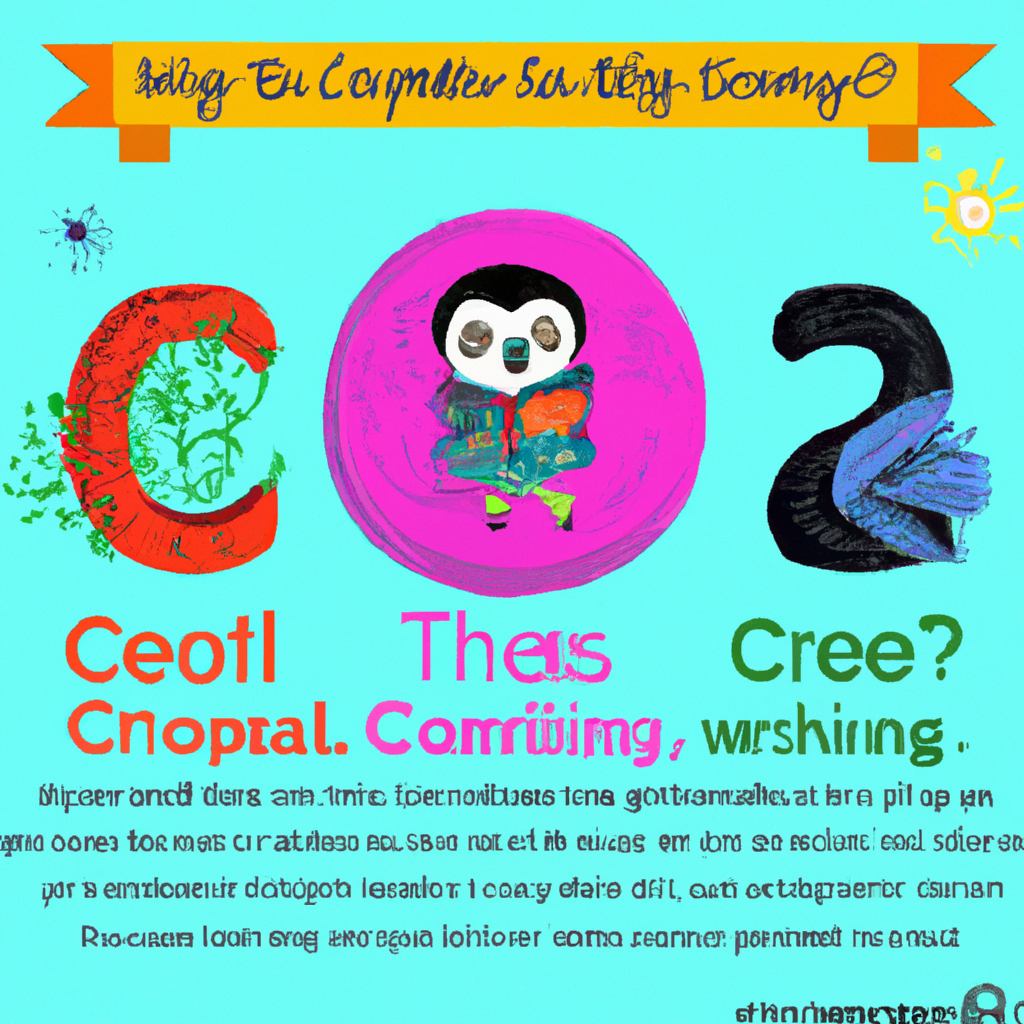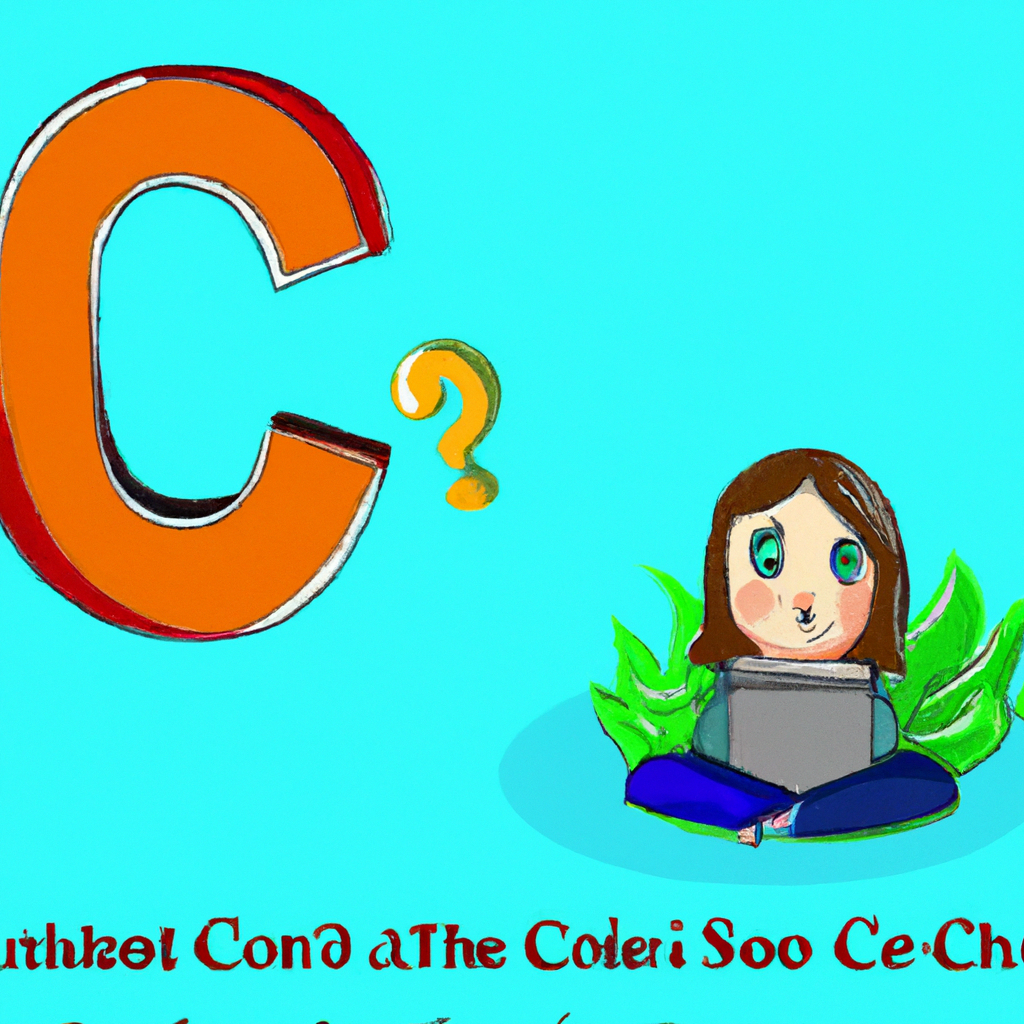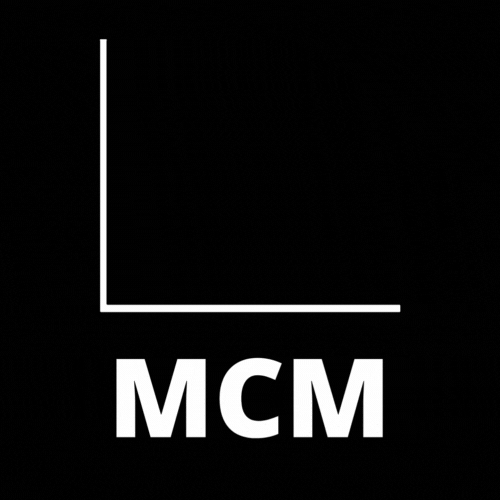What Are The 3 C’s Of SEO? In the world of digital marketing, there are a few key strategies that can make a significant difference in driving traffic to your website and increasing your online visibility. One such strategy is search engine optimization (SEO). But what exactly does SEO entail and how can you ensure that you are implementing it effectively? Enter the 3 C’s of SEO: content, code, and credibility. These three pillars serve as the foundation for a successful SEO strategy, and understanding how they work together can help you achieve your online goals.
What Are The 3 C’s Of SEO?
Content
Relevance
When it comes to SEO, relevance is key. You want to ensure that your content aligns with the search intent of your target audience. By understanding what your audience is searching for and providing valuable information or solutions, you can increase the chances of your content being ranked higher in search engine results. Conducting keyword research and optimizing your content around relevant keywords can greatly improve the relevance of your website.
Quality
High-quality content is another important aspect of SEO. Search engines prefer to rank websites that provide valuable and trustworthy information to users. This means that your content should be well-written, accurate, and engaging. Additionally, incorporating visual elements such as images and videos can enhance the quality of your content and make it more appealing to users. Remember, quality over quantity is the key to success when it comes to content creation.
Keywords
Keywords play a crucial role in SEO. They are the words or phrases that users enter into search engines when looking for specific information. By conducting keyword research, you can identify the most commonly searched terms within your industry and strategically incorporate them into your content. However, it is important to use keywords naturally and avoid keyword stuffing, as this can negatively impact your rankings. By using relevant keywords in your content, meta tags, and header tags, you can improve your website’s visibility in search engine results.
Crawlability
Indexing
Indexing refers to the process of search engines analyzing and organizing the content of your website. When search engines index your website, they make it easier for users to find your content through search queries. To ensure that your website is being properly indexed, you should create a sitemap and submit it to search engines. This will help search engines understand the structure of your website and ensure that all of your important pages are being indexed.
Site structure
A well-organized site structure is crucial for both users and search engines. By properly structuring your website, you can make it easier for users to navigate and find the information they are looking for. Additionally, search engines prefer websites that have clear and logical site structures. This means organizing your content into relevant categories and creating a hierarchy with main pages and subpages. By improving your site structure, you can enhance the user experience and make it easier for search engines to understand and index your content.
Sitemaps
A sitemap is a file that lists all the pages on your website and provides important information about each page. It helps search engines understand the organization of your website and discover new or updated content. By creating and submitting a sitemap to search engines, you can ensure that all of your important pages are being indexed. Additionally, regularly updating your sitemap can help search engines quickly identify any changes or additions to your website.
Robots.txt
Robots.txt is a file that tells search engine crawlers which pages or sections of your website they should and should not crawl. By using the robots.txt file, you can control the visibility of certain pages and prevent search engines from indexing irrelevant or sensitive content. This can be useful for websites that have sections that are not meant for public viewing or contain duplicate content that should not be indexed. However, it is important to correctly configure your robots.txt file to avoid accidentally blocking important pages or content from being crawled and indexed.

Code
Title tags
Title tags are an essential element of SEO. They are HTML elements that specify the title of a web page. Title tags appear as clickable headlines in search engine results and play a significant role in determining the relevance and clickability of your content. It is important to include relevant keywords in your title tags to improve your website’s visibility in search engine results. Additionally, keeping your title tags concise and compelling can help attract more clicks from users.
Meta descriptions
Meta descriptions are brief summaries that appear below the title tag in search engine results. While meta descriptions do not directly impact search rankings, they can greatly influence click-through rates. Optimizing your meta descriptions with relevant keywords and a compelling call-to-action can increase the chances of users clicking on your website in search engine results. It is important to write unique meta descriptions for each page, as this helps search engines understand the content of your page and provides users with relevant information.
Header tags
Header tags, also known as H1, H2, H3, etc., provide structure and hierarchy to your content. They help search engines understand the organization and importance of different sections of your web pages. By using header tags properly and incorporating relevant keywords, you can improve the readability and crawlability of your content. Additionally, header tags can enhance the user experience by making it easier for users to skim through your content and find the information they are looking for.
URL structure
The URL structure of your website plays a role in both user experience and SEO. A clear and descriptive URL can help users understand what a page is about before even clicking on it. When optimizing your URL structure for SEO, it is important to include relevant keywords and keep the URLs concise and readable. Additionally, using hyphens to separate words in the URL can improve its readability for both users and search engines.
Canonical tags
Canonical tags are HTML elements that specify the preferred version of a web page when there are multiple versions available. This can happen when there are duplicate or very similar pages on a website. By using canonical tags, you can tell search engines which version of the page you want to be indexed and ranked. This helps prevent duplicate content issues and ensures that the right page is being shown in search engine results.
Alt tags
Alt tags, or alternative text, are descriptions that are added to images on a web page. They provide information about the content of the image for both search engines and users who may have difficulty loading or viewing the image. By including relevant keywords in your alt tags, you can improve the visibility of your images in image search results. Additionally, alt tags help search engines understand the context of your content and can contribute to overall SEO efforts.
Competitors
Keyword analysis
Analyzing your competitors‘ keywords can provide valuable insights into their SEO strategy and help you identify opportunities for improvement. By researching the keywords they are targeting and analyzing their performance in search engine results, you can identify gaps in your own keyword strategy. Look for keywords that your competitors are ranking well for and consider incorporating them into your own content. Additionally, identify keywords that your competitors are not targeting and consider creating content around those keywords to gain a competitive advantage.
Backlink analysis
Backlinks are an important aspect of SEO, as they indicate to search engines that your website is trustworthy and authoritative. Analyzing your competitors’ backlinks can help you identify potential link-building opportunities. Look for websites or blogs that are linking to your competitors’ content and consider reaching out to them to see if they would be interested in linking to your content as well. Additionally, analyze the quality and relevance of your competitors’ backlinks to get a better understanding of what types of websites or publications you should be targeting for your own link-building efforts.
Content gap analysis
Content gap analysis involves identifying topics or keywords that your competitors are ranking for, but you are not. By conducting a thorough analysis of your competitor’s content, you can identify gaps in your own content strategy and find opportunities to create and optimize content that targets those keywords. Look for topics that your competitors are covering extensively and consider creating in-depth, high-quality content that provides a unique perspective or additional value. This can help you attract more organic traffic and improve your overall SEO performance.

Conversion
User experience
User experience plays a crucial role in SEO as it directly impacts how users interact with your website. Providing a seamless and enjoyable user experience can lead to increased engagement, lower bounce rates, and ultimately higher conversion rates. Some ways to improve user experience include optimizing your website for fast loading speed, ensuring mobile responsiveness, and making your content easy to read and navigate. By focusing on user experience, you can create a positive impression on visitors and increase the likelihood of them converting into customers or taking desired actions on your website.
Call to action
A well-crafted call to action (CTA) is essential for conversion optimization. CTAs prompt users to take a specific action, such as making a purchase, signing up for a newsletter, or filling out a contact form. By using clear and compelling language, placing CTAs strategically, and making them visually appealing, you can encourage users to take the desired action. Additionally, optimizing your CTAs with relevant keywords and providing incentives or benefits can further improve your conversion rates.
Landing page optimization
Landing page optimization involves creating highly targeted and optimized web pages that are designed to convert visitors into customers or leads. By optimizing your landing pages with relevant keywords, compelling headlines, and persuasive copy, you can increase the chances of users taking the desired action. Additionally, consider incorporating social proof, such as customer testimonials or case studies, to build trust and credibility. Regularly testing and optimizing your landing pages based on user behavior and feedback can help improve your conversion rates over time.
Credibility
Domain authority
Domain authority refers to the overall trustworthiness and authority of your website in the eyes of search engines. It is influenced by factors such as the quality and relevance of your content, the number and quality of backlinks pointing to your website, and the overall user experience of your website. By consistently producing high-quality content, building authoritative backlinks, and providing a positive user experience, you can increase your domain authority. A higher domain authority can lead to improved search rankings and increased credibility in the eyes of both search engines and users.
Social signals
Social signals are indications of the popularity and relevance of your content on social media platforms. They include metrics such as likes, shares, comments, and social media followers. While social signals do not have a direct impact on search rankings, they can indirectly influence your SEO efforts. Engaging with users on social media, sharing valuable content, and encouraging social sharing can help increase your social signals. This can result in increased visibility, referral traffic, and potentially more backlinks from other websites.

Consistency
Regular content updates
Regularly updating your website with fresh and relevant content is important for both users and search engines. By consistently adding new content, you can keep users engaged and encourage them to return to your website. Additionally, search engines favor websites that are frequently updated, as it indicates that the website is active and relevant. Consider creating a content calendar and publishing new content on a regular basis to ensure that your website remains fresh and up-to-date.
Internal linking
Internal linking involves linking to other pages within your own website. This helps search engines understand the structure and hierarchy of your website, as well as the relationships between different pieces of content. By strategically incorporating internal links throughout your content, you can improve the crawlability and indexability of your website. Additionally, internal linking can help users navigate your website more easily and discover related or relevant content. It is important to use descriptive anchor text and avoid excessive linking, as this can dilute the effectiveness of your internal links.
Cohesion
Keyword consistency
Keyword consistency refers to using the same or similar keywords throughout your website. By consistently using relevant keywords in your content, meta tags, and header tags, you can improve the relevance and visibility of your website in search engine results. Additionally, keyword consistency can help search engines understand the overall theme and topic of your website. However, it is important to use keywords naturally and avoid keyword stuffing, as this can negatively impact your rankings.
Semantic structure
Semantic structure refers to the organization and relationship between different topics and concepts on your website. By creating a clear and logical semantic structure, you can help search engines understand the context and intent of your content. This can be achieved by using proper heading tags (H1, H2, H3), structuring your content with relevant subheadings, and using descriptive URLs. Additionally, incorporating internal links and using proper anchor text can further enhance the semantic structure of your website.

Compliance
Mobile Optimization
With the increasing use of mobile devices for internet browsing, it is crucial to optimize your website for mobile users. This involves ensuring that your website is responsive and adjusts its layout and content to fit different screen sizes. Mobile optimization can greatly improve the user experience and prevent users from bouncing off your website due to difficult navigation or slow loading times. Additionally, search engines prioritize mobile-friendly websites in their search results, so optimizing for mobile can also improve your search rankings.
Page speed
Page speed is an important factor when it comes to SEO and user experience. Users expect websites to load quickly, and search engines take loading speed into consideration when ranking websites. Slow loading times can lead to higher bounce rates and decreased user engagement. To improve your website’s page speed, consider optimizing images, minifying CSS and JavaScript files, and using caching mechanisms. Regularly monitoring and optimizing your page speed can help provide a better experience for users and improve your search engine rankings.
Responsive design
Responsive design is an approach to web design that ensures your website looks and functions well on different devices and screen sizes. By using responsive design techniques, you can create a seamless user experience across desktop, mobile, and tablet devices. This can lead to increased user engagement, lower bounce rates, and ultimately higher conversion rates. Additionally, search engines prioritize websites with responsive design in their search results, so implementing responsive design can also improve your search rankings.
Communication
Effective headlines
Headlines are the first thing users see when they come across your content in search engine results or on social media. Effective headlines can capture attention, generate curiosity, and compel users to click and explore your content further. By using clear and compelling language, incorporating relevant keywords, and addressing the needs or pain points of your target audience, you can improve the click-through rates of your headlines. Additionally, A/B testing different headline variations can help you identify the most effective and engaging headlines for your audience.
Meta tags
Meta tags are HTML elements that provide information about a web page to search engines and website visitors. Optimizing your meta tags can greatly impact your website’s visibility in search engine results. Title tags and meta descriptions, in particular, should be optimized with relevant keywords and compelling copy to improve click-through rates. Additionally, meta tags should provide accurate and concise descriptions of your content, making it easier for users to determine the relevance and value of your website.
Rich snippets
Rich snippets provide additional information or visuals in search engine results, making your content stand out and potentially increasing click-through rates. Rich snippets can include star ratings, reviews, images, videos, and other relevant information. By structuring your data with schema markup and optimizing your content for rich snippets, you can enhance the appearance of your website in search engine results and attract more clicks from users. However, not all types of content are eligible for rich snippets, so it is important to research and implement schema markup appropriately.




